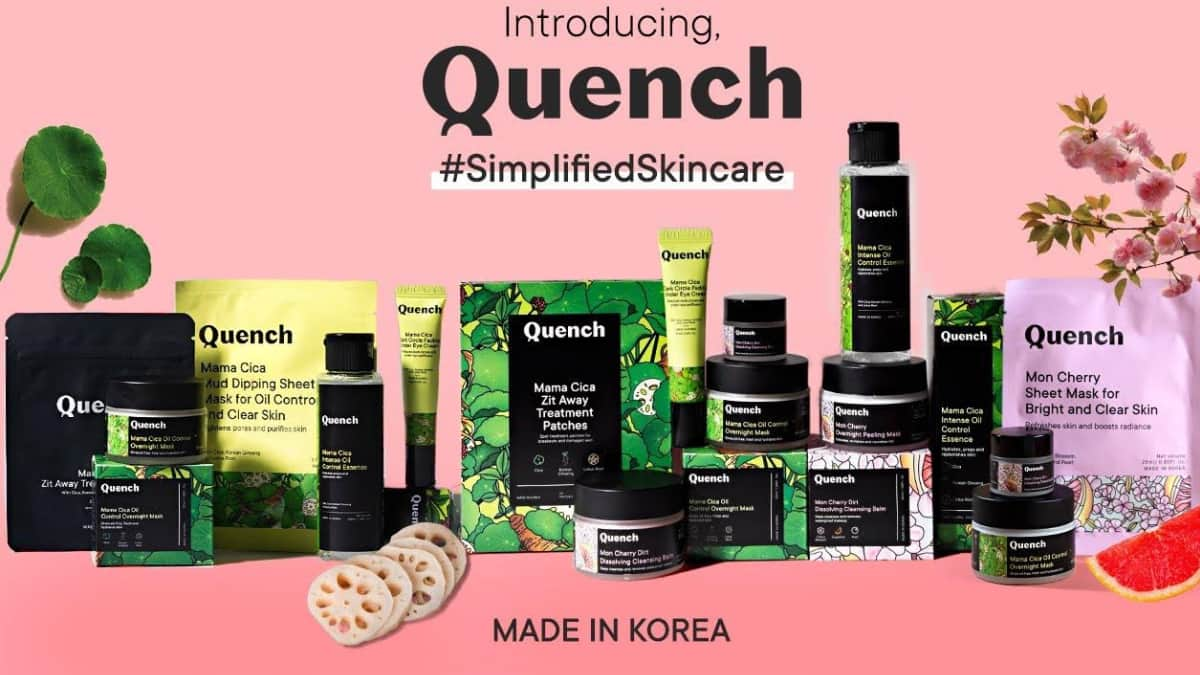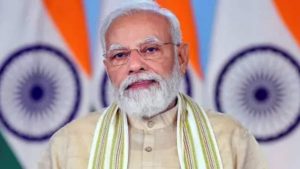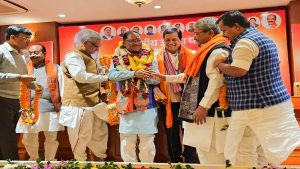Riding the K-wave
When Nestlé India stepped into the Korean noodles space recently — with the two flavours of BBQ Chicken and Veg priced at Rs 60 and Rs 55 respectively for 90-gm packs — it put a seal to what we have known since the Covid pandemic locked us indoors. That “Korean” is no longer a “fad” but has gone mainstream in India. Maybe not as mainstream as Maggi, but mainstream nonetheless.
Nestlé is not the only one — HUL’s Knorr also launched its Korean Meal Pot in two flavours earlier this year.
“The very fact that a mass brand like Maggi has launched its own Korean flavoured offerings underlines the fact that this is no passing fad. And it would be incorrect to bucket consumers who enjoy K-content as a Gen Z group or a Millennial consumer group, though they are largely younger consumers. These consumers are experimentative or exploratory, looking to sample new flavours and immerse themselves into new cultures,” says Mukherjee, whose agency also manages the digital marketing for Nissin Geki Korean Noodles, the Indian subsidiary of Nissin Foods Holdings.
Observers note that well before Maggi introduced its Korean noodles, social media users were already posting experimental Korean recipes using Maggi noodles — a trend that picked up pace when lockdown chefs took to recipe sharing.
The result? According to the Indian ministry of commerce and industry, the sales volume of South Korean noodles grew by 162% during the pandemic in 2020 and by 178% in 2021. India’s South Korean noodle imports rose from Rs10.44 crore in 2020 to Rs 30.63 crore in 2021, as per industry reports. The popularity of these noodles and cuisine was bolstered by the growing number of Korean food outlets and restaurants across major cities.
That said, noodles are just the linchpin of the K drama playing out in the Indian market.
From K-pop to glass skin
Hallyu goes beyond popular food and sidekicks like kimchi, ramyeon and gochujang. The Korean wave has been transforming India’s consumer landscape, observes Shreya Agarwal, head of FilterCopy at Pocket Aces, noting that its influence has spread even to tier-II and III markets today.
The past few years put the spotlight on K-beauty products and brands, and there is a rising aspiration for ‘glass skin’ among Indian consumers, influenced by flawless Korean complexions. Industry estimates indicate that the market will cross Rs 1,000 crore by FY25. The ten-step skincare regime has been the rage especially on social media, with products like sheet masks, essences, cleansing balms and eye creams becoming popular.
One of the K-beauty brands to recently make its entry into India is Quench Botanics, which has Bollywood star Kareena Kapoor Khan as an investor. Kaushik Mukherjee, director at Quench Botanics, expects the brand to post `100 crore in revenue in the next 12 months. “Despite the global popularity of Korean beauty products, the challenge in India has been high price points. The trend of sheet masks became popular not only for their effectiveness but also because of their affordability. Our approach is to make high-quality Korean products accessible to all consumers and tailor them for the Indian skin type,” explains Mukherjee. The brand offers products in the price range of Rs 149 to Rs 799, and is targeting a diverse age group.
Content creators too are jumping on to the Hallyu bandwagon, showcasing elements of style, beauty, music, culture and food. Radhika Bangia is one such digital content creator and actor who has worked with various brands such as Innisfree, Noksibcho Cosmetics, Coxir, Lenskart (for their K-pop collection) and Samsung’s BTS edition. “In K-Pop, we see a lot of over-the-top and high end fashion, hair styles and incredible skin and make-up. The fact that Korea today is so big in the cosmetics industry has driven a lot of interest in their beauty products and brands, not just in India but also worldwide,” remarks Bangia.
Aside from making content for beauty and lifestyle brands, she has also collaborated with platforms like Amazon Prime Video, Disney+ Hotstar and Netflix to promote K-dramas streaming on their platforms.
Agarwal says content channels like FilterCopy are developing content to engage with fans of K-pop and K-dramas. “Our videos, such as ‘Struggles of being a BTS Fan in India’ and ‘When you are a K-Drama fan’ have garnered over 20 million organic views and 2,20,000 shares.” Pocket Aces’ longform studio, Dice Media, has also partnered with JTBC Studios in South Korea for an Indian remake of the series, ‘Something In The Rain’.
While some Indian platforms like Zee5 are bringing popular K-dramas to India by dubbing them in local languages, multiple are embracing Korean content for remakes.
Follow us onTwitter,Instagram,LinkedIn,Facebook



